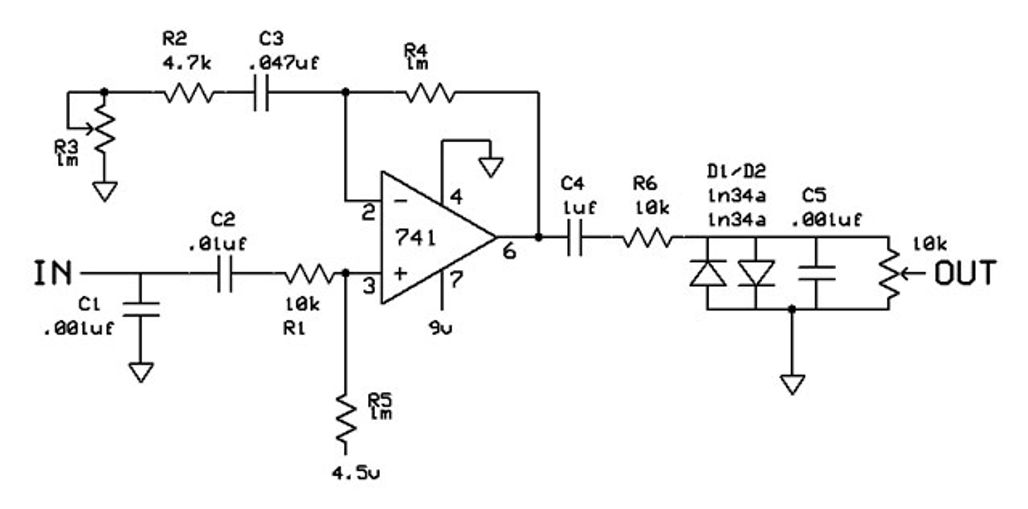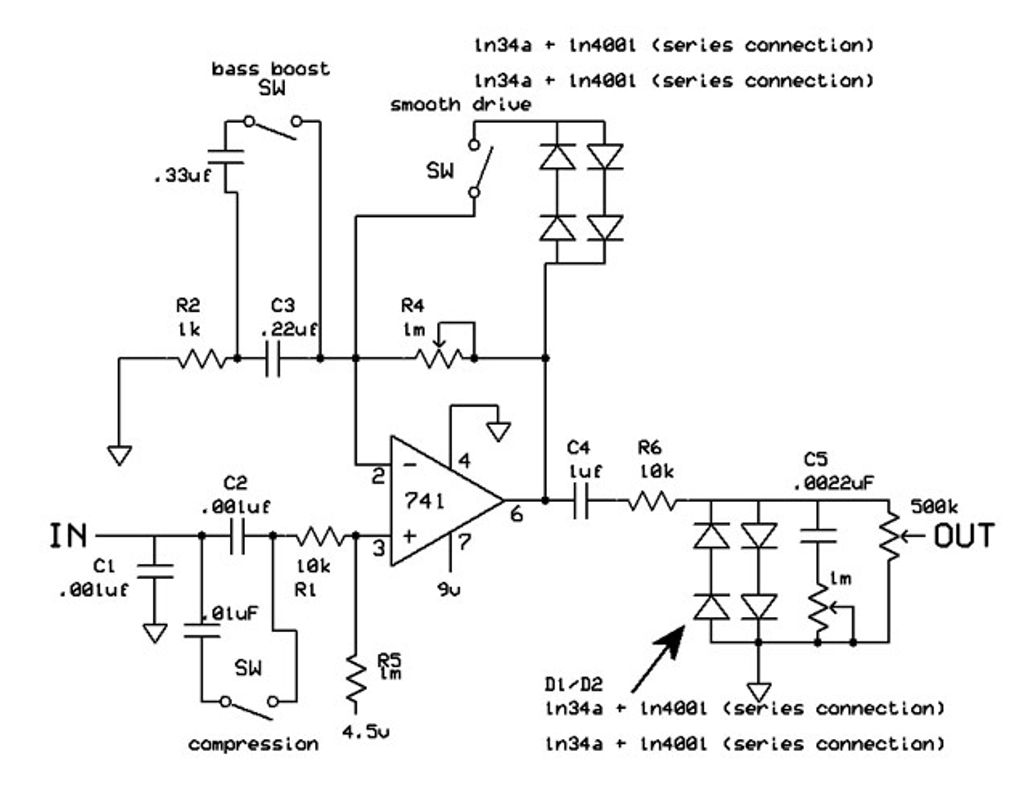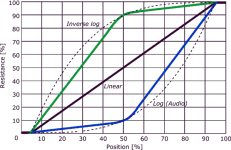A pot is a variable resistor. Often with outputs, it lets you adjust how much signal goes to ground. Ie. the max resistance of the pot is how much resistance there is against the signal going to ground. Make it a bigger pot, more resistance and less signal goes to ground. This same thing applies to other parts of the circuit.
What if the pot isn't going to ground in any way? "This same thing applies to other parts of the circuit that may not be going to ground."

If wired as a voltage divider like an volume control, the value does not really matter.
Except that wired as a Voltage Divider for a Volume control at the very end of a circuit may affect the output impedence?
Size matters, might push unity to a different part of the dial?
Sometimes "Volume" comes before the very tail end of the circuit with tone shaping resistor/cap combos.
@DeadAirMD So, you can see from all the answers that "it depends", a screwdriver can also be a hammer depending on how you use it.
A pot wired as a variable resistor, with either lug 3 or lug 1 tied to lug 2, can be also called a "rheostat".
Here's a stock Dist+ where the GAIN is wired as a rheostat going to ground:
Increases in Gain affect the bass response of the circuit, which may not be to your liking if you want a gain increase without the EQ swing. Brian Wampler has a mod for that, moving the GAIN control to where R4 is for a less obvious EQ change:
Read more about
his above mods in his Premier Guitarticle.
I'm surprised nobody's yet mentioned
RG KEEN's "THE SECRET LIFE OF POTS", so I just did.
It won't answer all your specific questions, like "if I wire this pot in this part of the circuit which way direction will the rotation affect it in what way?" – BUT it's still recommended reading if you haven't read it yet. I'm still referencing and re-reading it
du temps en temps.
PS: I've quoted people above that are FAR more learned than I am about this stuff. My post is as much about clarifying in my own mind things/ideas/infos that are still fuzzy to me, as it might hopefully help others like me.




